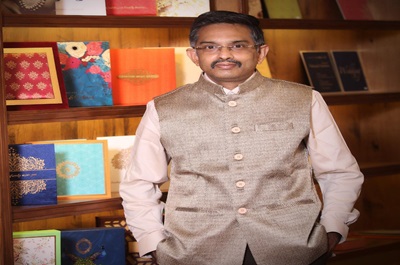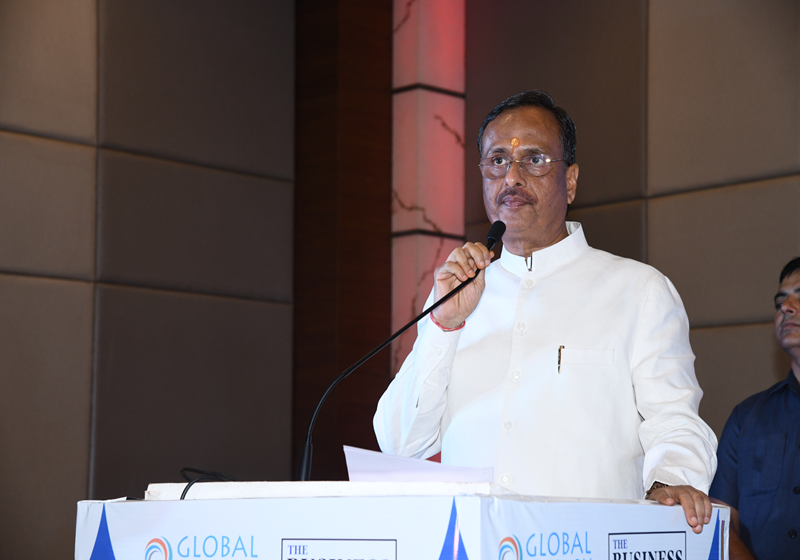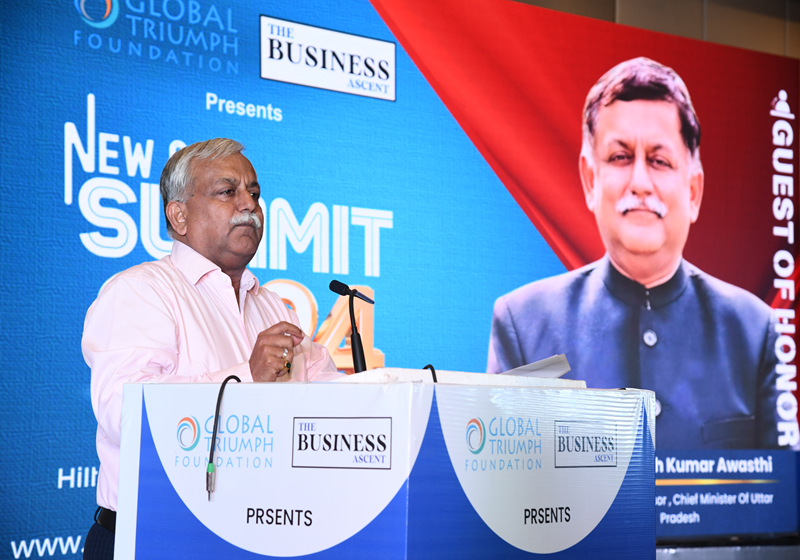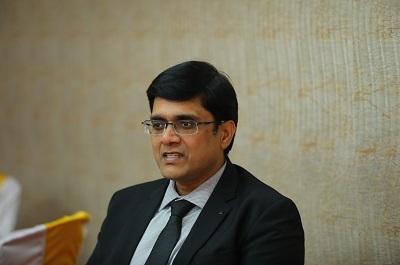Introduction to Toy Manufacturing in India
The world of toys is not just about fun and games; it’s a vibrant industry that plays a crucial role in shaping economies. In India, the toy manufacturing sector has been gaining momentum, reflecting the nation’s rich cultural heritage and creativity. From traditional wooden toys to high-tech gadgets, this segment is evolving rapidly. But what does this mean for the economy of India? Let’s dive into how toy manufacturing influences job creation, boosts exports, and drives innovation while exploring its challenges and future prospects. The journey promises to be as exciting as playtime itself!
The Growth of the Toy Industry in India
The toy industry in India has seen remarkable growth over the past few years. With a burgeoning middle class and increasing disposable incomes, parents are eager to invest in quality toys for their children.
This rise in demand has encouraged both domestic manufacturers and international brands to explore opportunities within the Indian market. From traditional wooden toys to high-tech educational kits, the variety is expanding rapidly.
Moreover, India's rich cultural heritage provides a unique backdrop for toy design. Artisans craft innovative products that resonate with local traditions while appealing to modern sensibilities.
Technology also plays a pivotal role in this evolution. The integration of digital elements into toys enhances engagement, making them more appealing to tech-savvy kids.
As e-commerce continues its upward trajectory, accessibility increases further. Parents can easily discover diverse options from various sellers online, fueling competition and innovation across the board.
Impact on the Economy
The toy manufacturing industry plays a pivotal role in India's economy. It significantly contributes to the country's GDP, showcasing its potential as an emerging market segment.
As disposable incomes rise, families are spending more on toys. This increased demand boosts local production and encourages manufacturers to innovate.
Moreover, exports have become a vital component of the industry’s growth story. India is positioning itself as a competitive player in the global toy market by tapping into international markets.
Additionally, investment in this sector attracts foreign players looking for new opportunities. This influx of capital helps modernize facilities and enhances operational efficiencies.
A robust toy manufacturing landscape also stimulates related sectors such as packaging, logistics, and retail. These interconnected industries benefit from growing supply chains and enhanced infrastructure development initiatives across India.
Employment Opportunities in the Toy Manufacturing Sector
The toy manufacturing sector in India is rapidly expanding, creating a wealth of employment opportunities. As the demand for innovative and quality toys rises, companies are seeking skilled labor to meet these needs.
From designers and engineers to assembly line workers, there’s a variety of roles available. Local artisans also play a crucial part in this ecosystem. Their craftsmanship adds unique value to products that stand out in the market.
Moreover, the industry promotes entrepreneurship. Small businesses can thrive by producing niche toys or utilizing traditional methods. This fosters creativity while stimulating local economies.
Training programs have emerged too, aimed at enhancing skills specific to toy production. These initiatives help bridge gaps between education and practical application.
As awareness grows about sustainable practices, jobs focusing on eco-friendly materials will likely emerge next—aligning with global trends toward sustainability within the sector.
Challenges Faced by the Indian Toy Industry
The Indian toy industry faces significant challenges that hinder its growth. One of the most pressing issues is intense competition from imported toys, particularly those manufactured in countries like China. These imports are often cheaper due to lower production costs.
Quality control also remains a concern. Many local manufacturers struggle to meet international safety standards. This not only affects consumer trust but limits export opportunities as well.
Another challenge is the lack of skilled labor in the sector. While there’s a growing interest in toy design and manufacturing, finding professionals with the right expertise can be difficult.
Additionally, access to funding poses hurdles for small businesses trying to innovate or expand their operations. Without adequate financial support, many companies find it hard to thrive in a competitive market.
Outdated technology can slow down production processes and affect efficiency across various stages of manufacturing.
Government Initiatives and Policies to Boost the Sector
The Indian government has recognized the potential of the toy manufacturing sector as a significant contributor to economic growth. Various initiatives have been launched to foster this industry.
One notable program is "Make in India," which encourages domestic production and reduces reliance on imports. This initiative aims to enhance local capabilities, ensuring that more toys are made right here in India.
Additionally, the introduction of schemes like Production Linked Incentives (PLI) has provided financial incentives for manufacturers who can demonstrate increased output over time. Such measures not only attract investments but also promote innovation within the sector.
Furthermore, collaborations with educational institutions help develop skills tailored for modern toy manufacturing. By focusing on research and development, the government aims to create a sustainable ecosystem that supports both traditional craftsmanship and technological advancements in toy design.
Future of Toy Manufacturing in India
The future of toy manufacturing in India looks promising. With a growing middle class and increased disposable income, parents are eager to invest in quality toys for their children.
Innovation will play a key role as manufacturers explore eco-friendly materials and smart technology integration. This shift toward sustainability is gaining traction among consumers who prioritize environmentally conscious choices.
Moreover, India's rich cultural heritage offers endless inspiration for unique toy designs. Local artisans can create products that celebrate tradition while appealing to modern sensibilities.
Global demand also presents opportunities for Indian brands to expand internationally. As the world seeks diverse toys reflecting various cultures, India stands ready to meet this challenge.
Investment in research and development will be critical as companies strive to stay ahead of trends. By embracing creativity alongside technological advancements, the Indian toy industry is poised for significant growth over the coming years.
Conclusion
The toy manufacturing industry is not just about creating playthings; it plays a significant role in India's economy. As the sector continues to grow, its contributions become increasingly vital. From bolstering employment rates to fostering innovation and creativity, toys are more than mere objects—they embody economic potential.
As India strives for self-reliance, the toy industry stands at a crossroads of opportunity and challenge. While hurdles like competition from imports need addressing, government initiatives show promise in enhancing local production capabilities.
Looking ahead, the future of toy manufacturing in India appears bright with advancements in technology and an ever-growing domestic market that craves quality products tailored to cultural preferences. With strategic support from both policymakers and manufacturers alike, this vibrant sector can flourish further.
Such growth could lead to a robust economy where creativity thrives alongside economic stability—ensuring that every child’s joy contributes meaningfully to society on a larger scale. The journey ahead will be one of exploration and discovery as India carves out its niche in the global toy landscape while nurturing homegrown talent and ingenuity.










